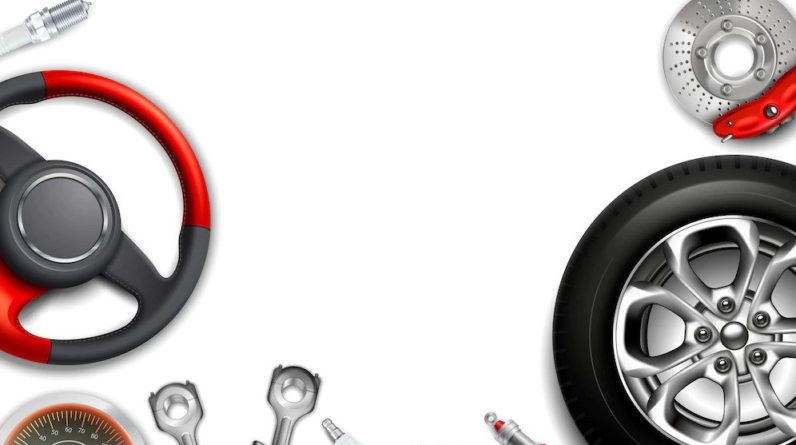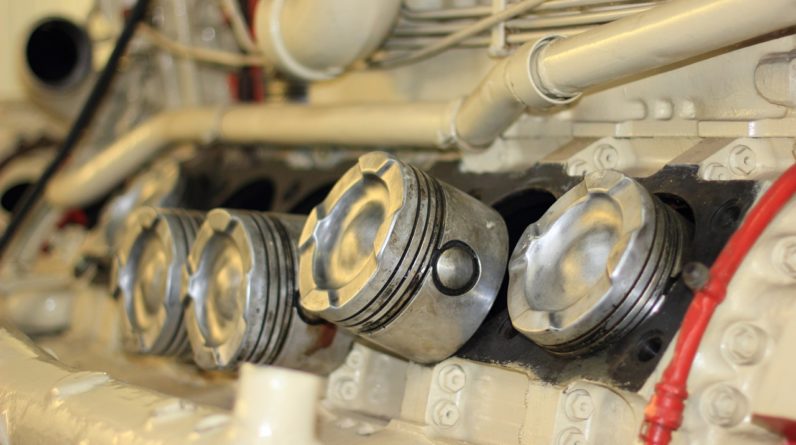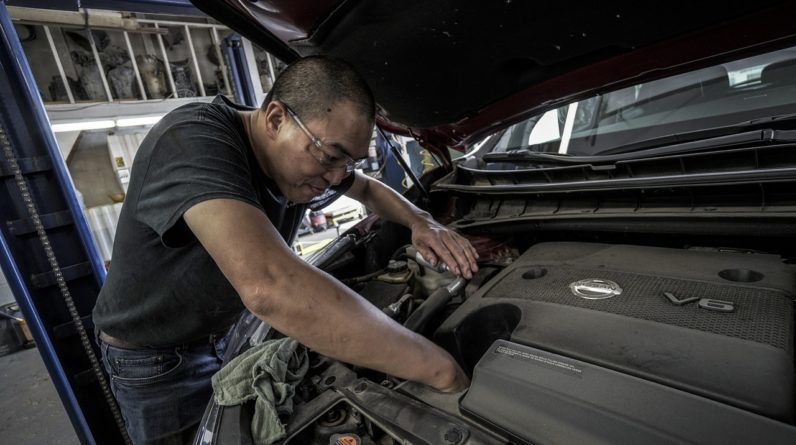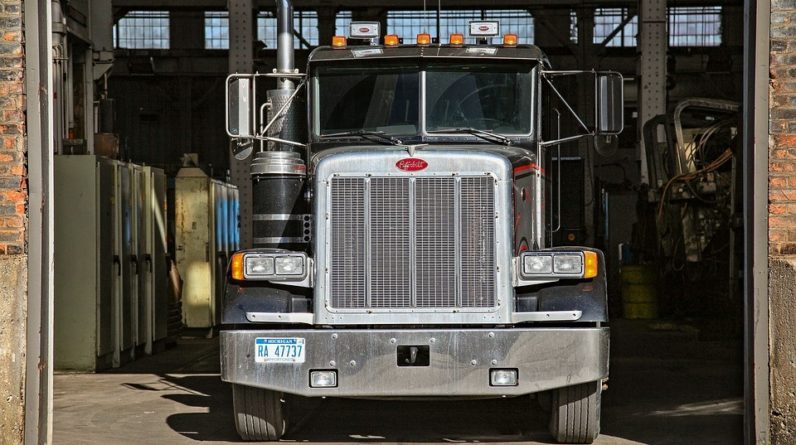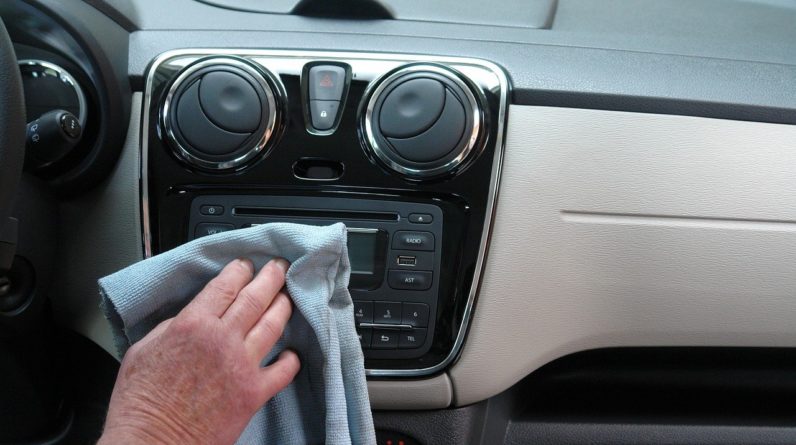
Cooling systems are essential components of modern trucks. They improve the truck’s performance and enable them to cover longer distances without overheating. When an engine gets too hot, its efficiency drops. Prolonged operation in an overheated state that can cause permanent damage to your engine.
Radiators and intercoolers both have a unique role in boosting engine performance and increasing the lifespan of its components. Yet, their cooling operations are inherently different. This article is focused on highlighting the main differences between Radiators and Intercoolers.
Radiators and intercoolers mainly differ in how and what they cool. Radiators are designed to cool the engine block. Yet intercoolers cool compressed air before it goes into your engine cylinders. Below is a more elaborate explanation of how radiators and intercoolers work.
How Radiators Work
Radiators are heat exchangers. They work by transferring heat from one medium to another. In a truck setup, the radiator is filled with a coolant liquid that has a high thermal capacity such as water. As the engine heats up, the coolant circulates the engine block to cool it.
The radiator’s effectiveness depends on the disparity the engine’s and coolant’s temperatures. This difference causes the engine to cool down as the coolant becomes hotter. The hot liquid is directed back into the radiator where the heat it has collected it dissipated into the environment.
Radiators consist of a series of pipes through which the hot liquid flows. The pipes also have flat steel fins attached to them to help the liquid cool down faster. The liquid cooling process is further accelerated with a fan that blows air over the radiator to dissipate the heat better.
The radiator’s coolant fluid may not cool down to the ambient temperature. However, the heat it loses significantly lowers the engine’s temperature. As such, the engine’s radiator always seems to be very hot when your vehicle is running. After cooling down, the process is repeated by recirculating the coolant through the engine block.
How Intercoolers Work
Although an intercooler is a cooling device that is attached to the engine of a truck, it is not considered to be part of the engines cooling system. This is because it does not cool the engine directly.
Intercoolers are also known as intake air cooling devices. They cool the air compressed by turbo or superchargers before letting it into the engine. As air is compressed, its temperature rises. This, in turn, lowers its density.
The less-dense air does not mix well with fuel in the engine cylinders and may lead to incomplete combustion. Intercoolers cool the compressed air to increase its density and effective combustion efficiency.
Combining the turbocharger’s air compression and the intercooler’s cooling effect raises the engines power output significantly. This is because the compressed and cooled air supports more efficient fuel combustion in the engine cylinders.
Cooling the air intake also helps to prevent pre-detonation of the fuel-air mixture. Pre-detonation occurs when the engine’s combustion stroke is initiated before the timed spark ignition. It can push pistons may be pushed out of sync and cause engine failure.
Most operators of heavy-duty truck operators in Australia rely on Valeo cooling OE and aftermarket parts for servicing their intercoolers and radiators. Regular maintenance of your cooling systems can help you avoid unnecessary downtime and significantly extend the lifespan of your truck engine components.
Read Also:
